Synthesis of Sm3+: Ligd(WO4)2 Phosphors Using Ammonium Paratungstate
- Details
- Category: Tungsten Information
- Published on Monday, 25 January 2021 19:45
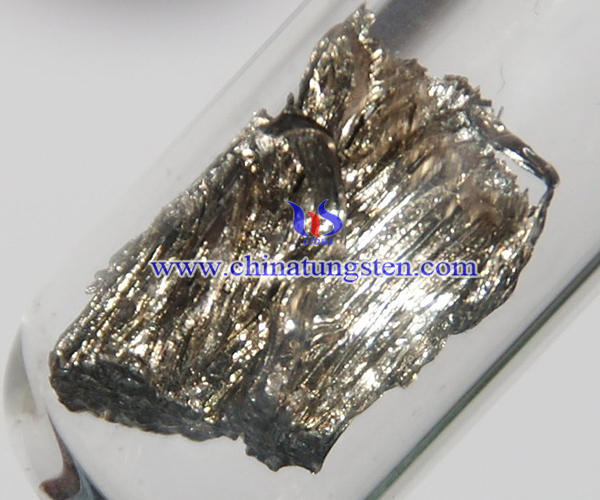
White light LED (WLED) have been widely used in various lighting and display products in the market. Conventionally, WLED functions by applying InGaN blue LED chips with Ce3+:YAG yellow phosphor. However, there is a shortage of color purity owing to the absence of red component in its light emission.
WC–Ni Nanostructured Composite Powders From Ammonium Paratungstate and Nickel Nitrate
- Details
- Category: Tungsten Information
- Published on Monday, 25 January 2021 19:29

low thermal expansion, high hardness, low fracture toughness, excellent chemical stability and high melting point of the tungsten carbide-WC ceramic phase, along with excellent toughness properties in the ductile phase of the binding metal (Co, Ni, Ti or Fe), making it indispensable in applications in cutting tool industries and in drilling, drawing, extrusion, machining and forging processes.
CuO/CuWo4 Heterostructure Obtained via Sol-Gel Method from Ammonium Paratungstate
- Details
- Category: Tungsten Information
- Published on Monday, 25 January 2021 19:18
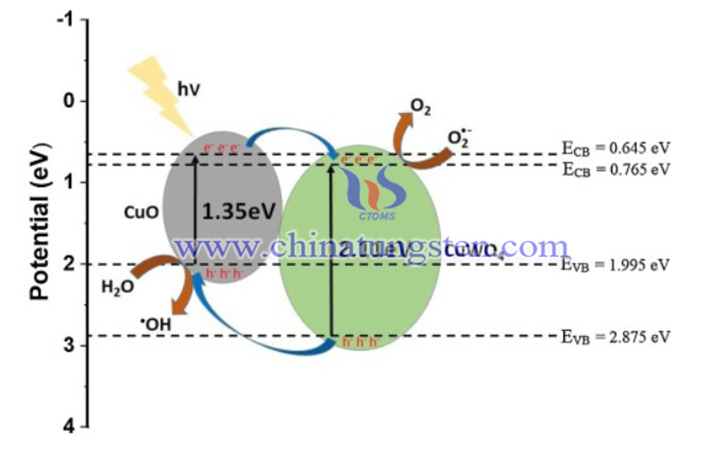
Several studies reported that modifying CuO with CuWO4 can increase its photoactivity. Sodium tungstate dihydrate (Na2WO4·2H2O) is the most commonly-used metal salt precursor for tungsten, whereas compounds such as ammonium paratungstate (APT) have rarely been explored.
Cs0.3WO3 Nanofibers by Hydrothermal Method from Ammonium Paratungstate
- Details
- Category: Tungsten Information
- Published on Monday, 25 January 2021 03:02
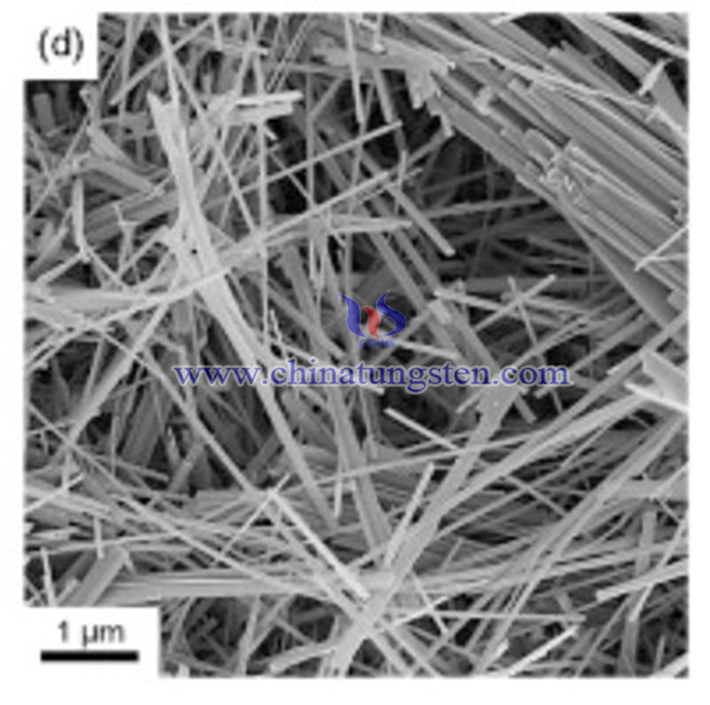
Nano-tungsten bronze compounds with general formula of MxWO3 (M = Na+, K+, Cs+, etc., 0 < x < 1) have received widespread attention due to their high transmittance in visible region and excellent shielding performance in near infrared (NIR) region.
Tungsten Composite Material with High Shock Thermal Resistance from Ammonium Paratungstate
- Details
- Category: Tungsten Information
- Published on Monday, 25 January 2021 02:36
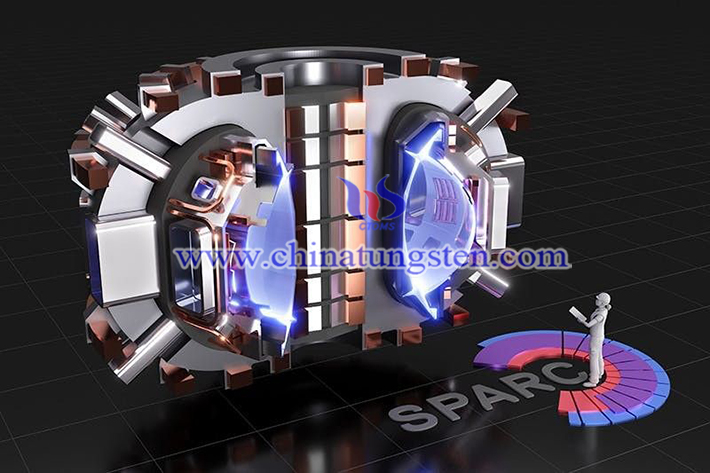
In nuclear fusion reactors, plasma facing materials (PFMs) are inevitably impacted by a series of particle flows and accompanying energy flows. Due to the favorable physical properties under particle flows and heat load, tungsten and tungsten-based materials are considered the most promising PFMs. Under the condition of fusion service environment, tungsten and its composites suffer low energy (tens of eV to several KeV) and high flux (up to 1022–1024m−2s−1) hydrogen-helium plasma-irradiation damage, resulting in performance degradation and shortened service time seriously affecting the safety and reliability of fusion devices
Ammonium Paratungstate Applied in a New Composite Material for Hydrogen Production
- Details
- Category: Tungsten Information
- Published on Monday, 25 January 2021 02:23
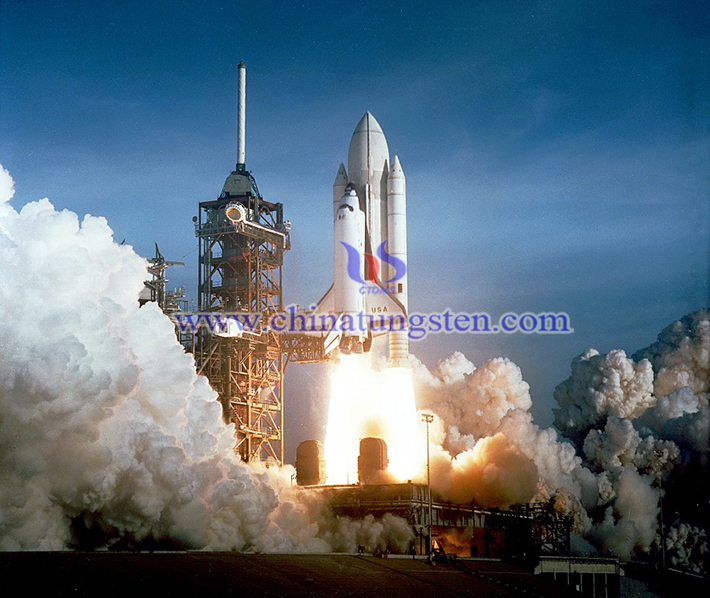
Hydrogen fuel cells produce electricity by combining hydrogen and oxygen atoms. The hydrogen reacts with oxygen across an electrochemical cell like that of a battery to produce electricity, water, and small amounts of heat. Fuel cells and hydrogen are the two clean energies considered to be possible substitutes of fossil fuel. Fuel cells are a promising technology for use as a source of heat and electricity for buildings, and as an electrical power source for electric motors propelling vehicles. Fuel cells operate best on pure hydrogen. But fuels like natural gas, methanol, or even gasoline can be reformed to produce the hydrogen required for fuel cells. Some fuel cells even can be fuelled directly with methanol, without using a reformer.
Nanoscale Catalyst for Mercury Removal Produced from Ammonium Paratungstate
- Details
- Category: Tungsten Information
- Published on Monday, 25 January 2021 02:10
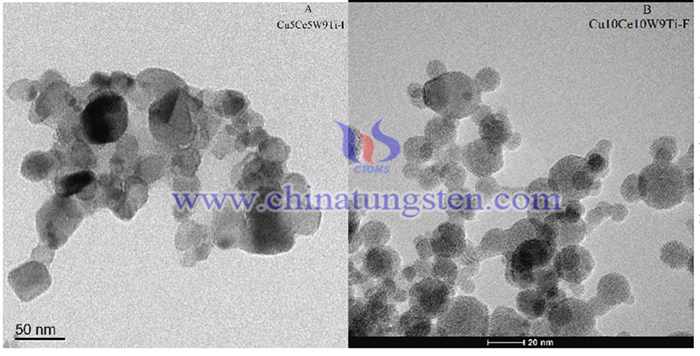
Mercury pollution, serving as a toxic heavy metal, removal of mercury has always been an important environmental issue. As the largest mercury emissions country, Chinese mercury emissions derived from coal-fired industry increased from 45.1 t in 1978 to 175.7 t in 2014. It was estimated that atmospheric mercury emissions derived from coal incineration were 202.3 tons in 2018.
BWO-OV/OCN Heterojunction Photocatalytic Material From Ammonium Paratungstate
- Details
- Category: Tungsten Information
- Published on Thursday, 21 January 2021 01:01
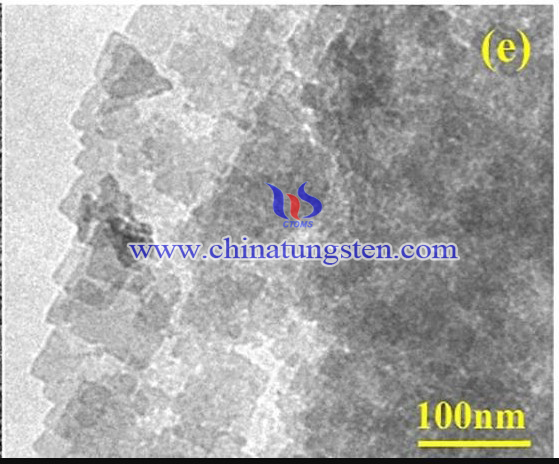
Recently, bismuth tungstate (BWO) with typical perovskite layered structure has been developed for photocatalytic application under visible light irradiation. Oxygen-enriched graphitic carbon nitride (OCN) OCN can generate H2O2 more easily owing to the oxygen-enriched structure and the black body nature enhance the light absorption capability. Thus, it is a potential material to be adopted to enhance the photocatalytic activity of BWO.
Green Synthesis Of Cowo4 Powders Using Ammonium Paratungstate and Agar-Agar From Red Seaweed
- Details
- Category: Tungsten Information
- Published on Thursday, 21 January 2021 00:53
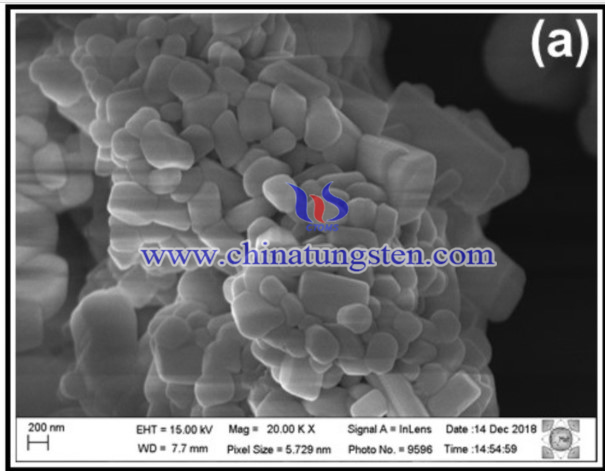
Cobalt tungstate (CoWO4) with monoclinic wolframite structure has been used in a wide range of potential applications including supercapacitors, photocatalysts, catalyst for oxygen evolution reaction (OER) and hydrogen production, microwave dielectric ceramics, photovoltaic electrochemical cells, among others. As electrochemical energy storage devices, batteries and supercapacitors have attracted significant attention due to their intrinsic characteristics of energy and power densities, cycling stabilities and charging-discharging rates.
Tungsten Crucible Crack Analysis
- Details
- Category: Tungsten Information
- Published on Friday, 08 January 2021 21:57
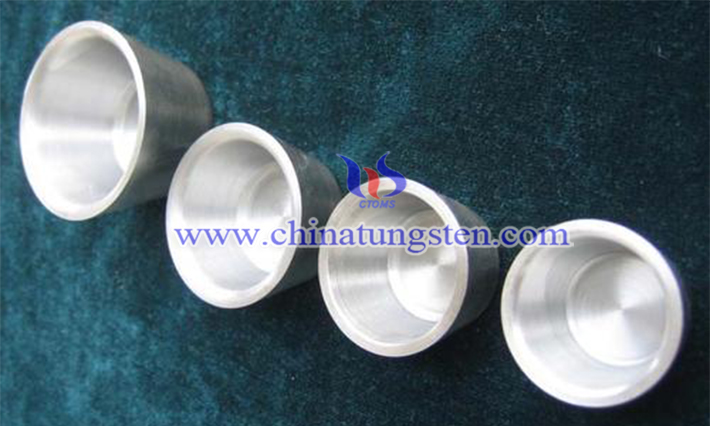
The tungsten crucible crack analysis is quite important. If the problem that the bottom of crucible easily cracks is not solved, it will directly affect the yield of the crucible. Although powder metallurgy method producing crucible has many advantages including greatly saving metal consumption and reducing production cost, there are still many technical problems to be solved such as the bottom of crucible easily cracking.



 sales@chinatungsten.com
sales@chinatungsten.com